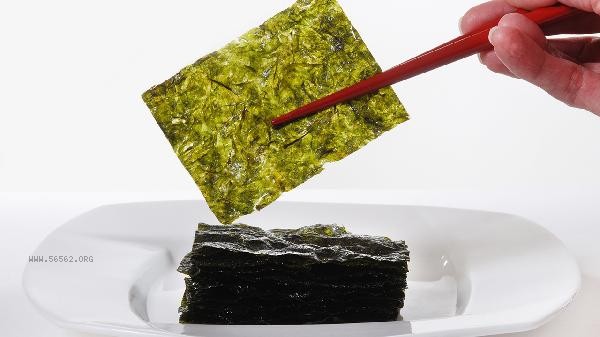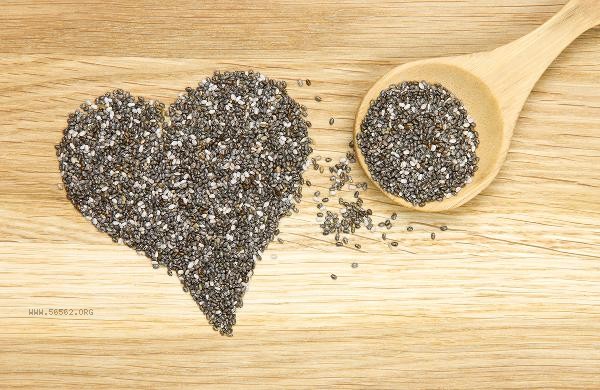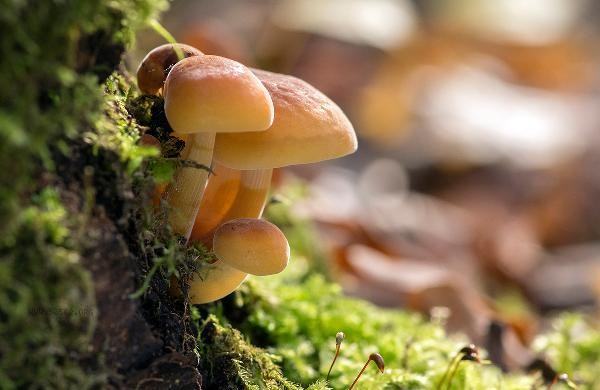The purchased seaweed usually does not require cleaning and can be cooked directly. Seaweed has undergone high-temperature drying and sterilization treatment during processing, resulting in less surface impurities. But if obvious sand particles are found or there are concerns about hygiene, they can be quickly rinsed with clean water and drained of water. Seaweed belongs to the seaweed food category and undergoes multiple cleaning processes during industrial production, including seawater flushing and high-temperature sterilization. Packaged seaweed produced by legitimate manufacturers meets food safety standards and can be directly shredded for soup or cold dishes without affecting health. The small amount of white crystals naturally attached to the surface of seaweed is a marine mineral, which is a normal phenomenon and does not need to be deliberately removed.

Some loose seaweed may be contaminated with dust due to improper transportation and storage, or seaweed dried by coastal residents themselves may contain fine sand. This type of seaweed can be placed in a sieve and rinsed with flowing water for 3-5 seconds to avoid prolonged soaking and loss of umami substances. After cleaning, it is necessary to use kitchen paper to absorb moisture or spread it out to dry, otherwise damp seaweed is prone to spoilage and sticking.

It is recommended to choose packaged products with a food production license for daily consumption of seaweed. After opening, seal and store them to prevent moisture. Laver is rich in iodine and dietary fiber, which is suitable for making laver Egg&vegetable soup, sushi roll and other dishes. However, those with abnormal thyroid function need to control their intake. If there are mold spots or odors on the seaweed, it should be discarded immediately and cannot be continued to be consumed.









Comments (0)
Leave a Comment
No comments yet
Be the first to share your thoughts!